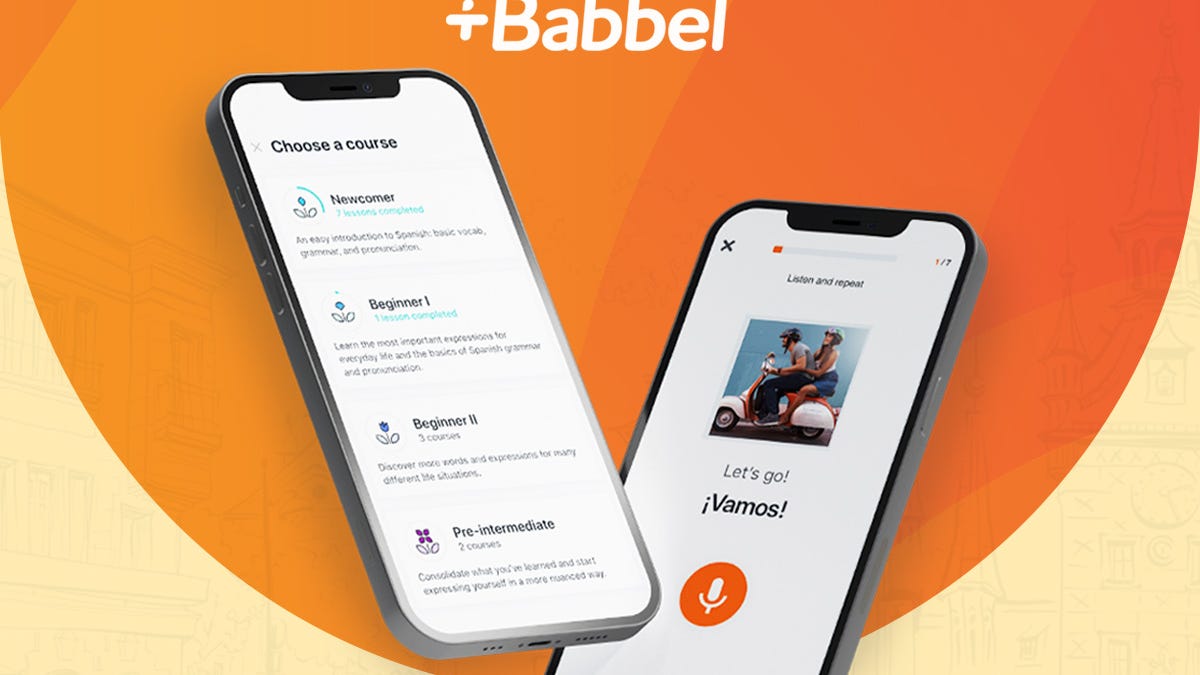BOOK THIS SPACE FOR AD
ARTICLE ADOver the years, Microsoft has sliced and diced its Windows product line into multiple editions. That movement hit its low point in the Windows Vista era, when consumers had to choose from a half-dozen flavors of Windows, with an Ultimate edition that had a retail price tag of $400.
Thankfully, those days are long gone. Today, when you go to buy a new PC, you typically have a choice of two and only two editions: Home and Pro. But other specialized editions are available, and you might stumble across one of them if you look in just the right places.
Knowing the differences between Windows editions is most useful when purchasing a new PC and deciding whether to pay the system maker for an upgrade (from Home to Pro edition) or wait and do it yourself.
Microsoft doesn't help when it uses marketing-speak instead of plain English to explain those differences. So, just as I read license agreements so you don't have to, I've studied the lineup of Windows editions, removed the marketing gibberish and legalese, and translated the resulting details into terms that mere mortals can comprehend.
Microsoft releases new versions of Windows at regular intervals. Each new version has a core set of features and security updates. For Windows 11, those new versions come out once a year, in the second half of the year.
So far, Microsoft has released four versions of Windows 11: 21H2, 22H2, 23H2, and 24H2. You can probably decode the naming scheme without too much effort: the release date (displayed as the year by two digits), followed by the letters H2 (to represent the second half of the year).
Also: Have a Windows problem that you just can't fix? Try this ultimate troubleshooting trick
Each version of Windows is released in multiple editions at different price points. For retail customers, the two most common editions are Home and Pro. All editions share common features, but they are sold and distributed differently depending on the type of device and market for which they're intended. Higher-priced editions have features that aren't available in the lower-priced editions.
You will often hear the terms edition and SKU used interchangeably. That's a common shorthand, and good enough for a casual discussion, but there are some important distinctions between the two terms. The short version? An edition is a general description. A SKU is an extremely specific description encompassing the product name, version, channel, licensing method, and more.
SKU stands for Stock Keeping Unit, which is the part number a manufacturer assigns to specific items it sells. A single product, like Windows 11 Pro, is sold in many different physical and digital packages, each with its own part number, or SKU.
Also: The best Windows laptops of 2024: Expert tested and reviewed
The full list of SKUs for Windows 11 goes on for page after page, but unless you're in the purchasing office for a Fortune 500 company, you don't need to pay attention to those identifiers.
This isn't unusual in the computing industry. Apple, for example, has a different SKU for every combination of storage, color, and carrier for every iPhone. You will rarely see them because whoever you buy your phone from will filter that list to show only the ones relevant to you.
[Editor's note: The original version of this article was written and published in 2015, covering Windows 10. It has been completely updated and republished multiple times since then. The most recent update, covering Windows 11, was published in November 2024.]
.png)
 2 weeks ago
21
2 weeks ago
21 














 Bengali (Bangladesh) ·
Bengali (Bangladesh) ·  English (United States) ·
English (United States) ·